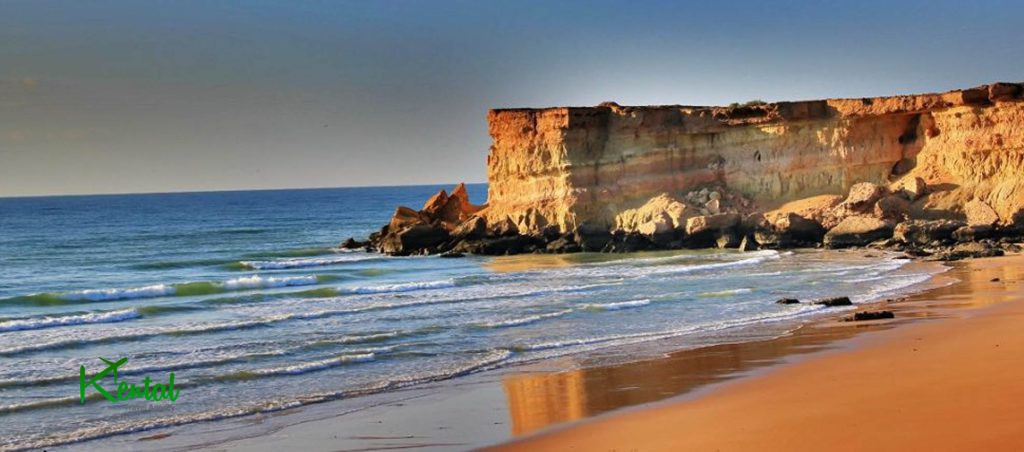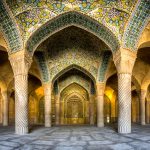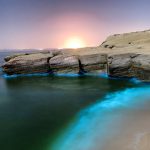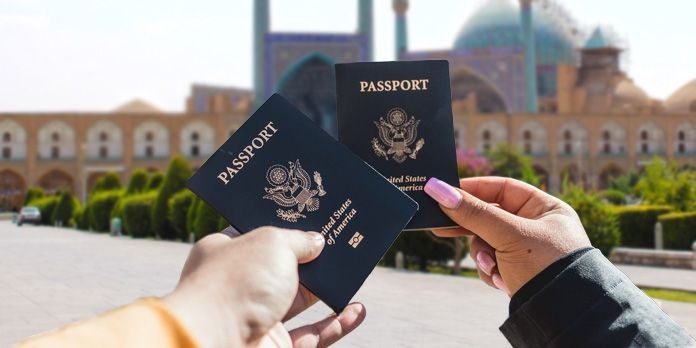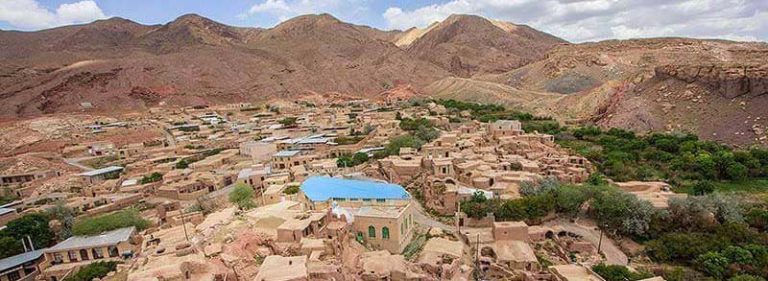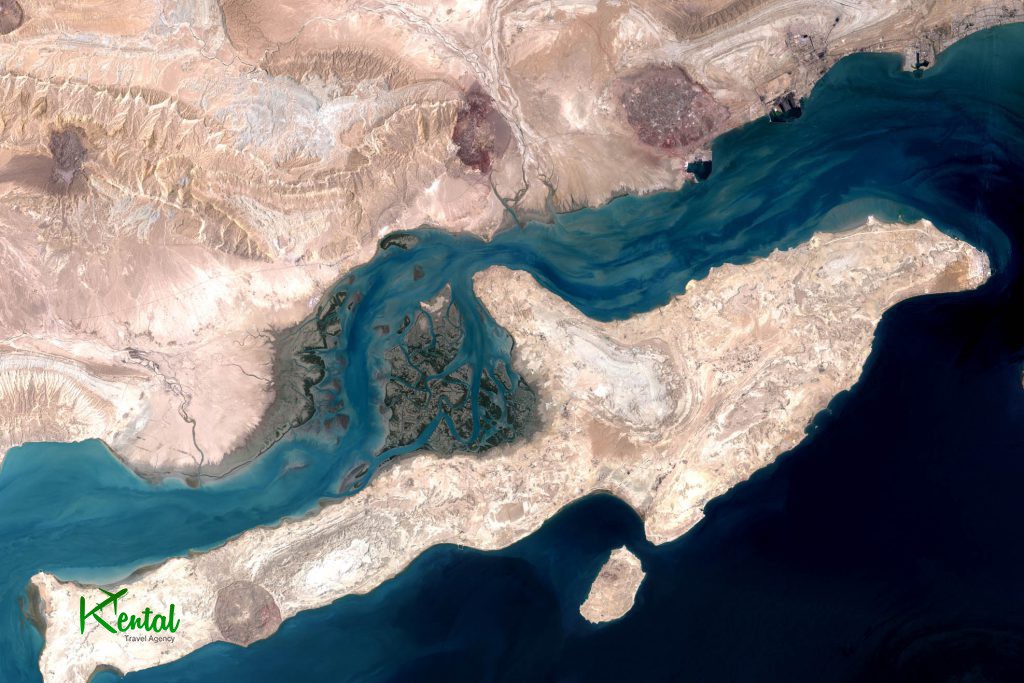
Qeshm Island, the beautiful gem of the Persian Gulf, contains a collection of rocky, sandy and muddy beaches. The historical, cultural and archeological sites along with valuable geological heritage has made this island into the only geopark in Iran and in the Middle East region.
Prepare yourself for a very enjoyable experience. Qeshm Island has significant local and modern markets, in addition to abundant attractions and delicious local food. If you have never traveled to Qeshm, hit the road as soon as possible and enjoy the excursion on this beautiful shore.
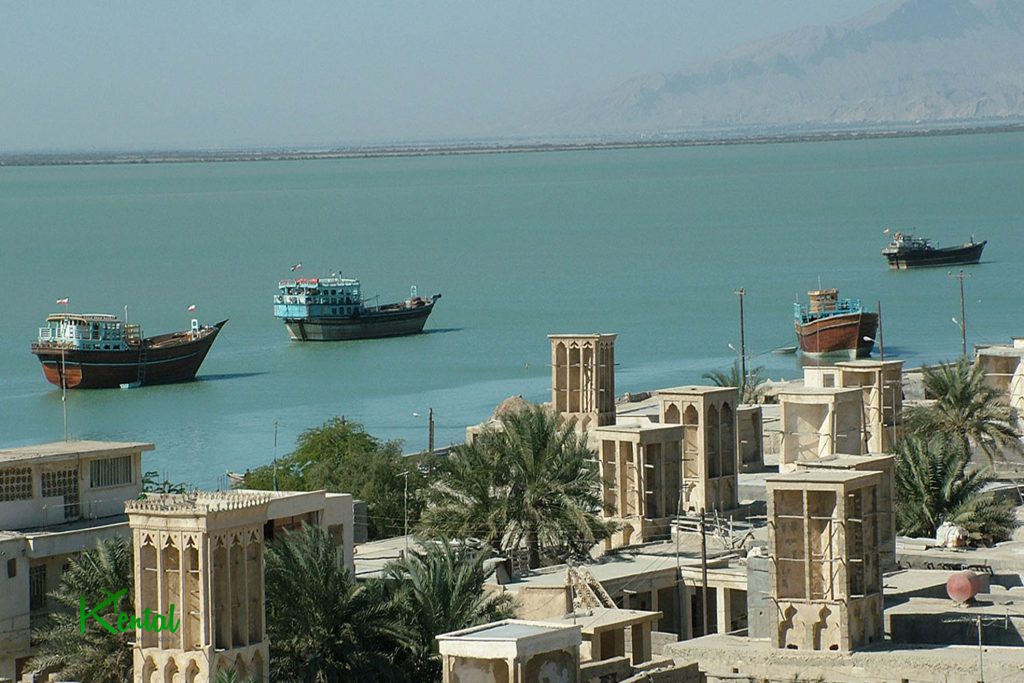
Qeshm Introduction
Qeshm Island, the world’s largest non-independent island, is 5.2 times the size of Bahrain Island. It is located in Hormozgan province, in the Strait of Hormuz with an area of 1,491 km2; This is why it has a high practical position. Since ancient times, this island has been one of the main control centers of The Silk Road due to its location on the Silk Road sea routes. The discovery of fossil in Qeshm Island reveals a 400-thousand-year-old civilization.
Qeshm Island reaches from the north to Bandar Abbas, from the northeast to the beautiful Hormuz Island, from the east to Larak Island, from the south to Hengam Island, and from the southwest to the Lesser Tunb and Greater Tunb Islands. Convenient access from this island to other tourist and strategic islands around it has added to the importance of this area. Qeshm city is at the eastern end of the island, at the closest distance to the Strait of Hormuz, and has the closest distance, 20 km long to Sarbandar neighborhood in Bandar Abbas; but the closest distance to the main shore at the northern tip of the island, is from Laft port to Bandar Pol with a distance of 1,800 meters.
The Portuguese had dominated the island for over a century, then it was the turn of the Dutch and the English but at the end, the authority returned to Iran. The island is 115 to 125 km long and varies in width.
Most of the island’s inhabitants are natives, but in recent years, due to the expansion of commercial markets and the booming economy, many immigrants have come to Qeshm. There are many commercial, touristic and fishing ports in Qeshm which has access ways from the wharfs to the beautiful Hengam, Hormuz and Lark Islands around Qeshm.
Another feature of Qeshm is the extent of its coasts and shores with the Persian Gulf. The rocky, silver coasts and the mangrove forest mud coasts and Laft in Qeshm are some of these beaches. Qeshm Island has considerable capacity in historical and natural tourism, making it a major destination for domestic and foreign tourists.
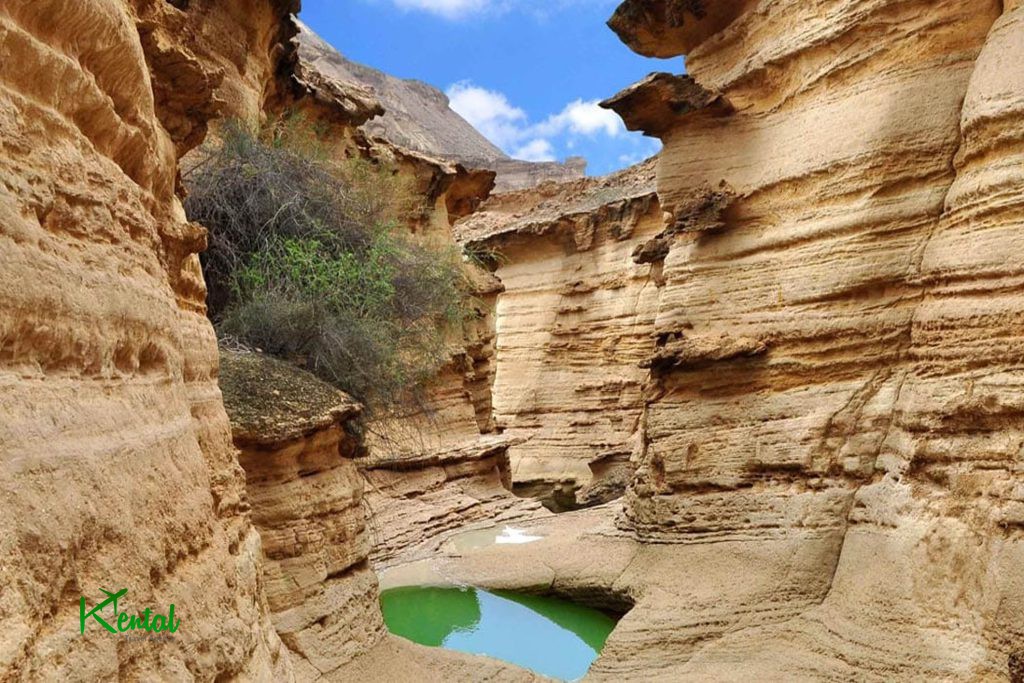
Qeshm weather
The climate of this region in Iran is tropical due to its proximity to the equator, and the proximity to the sea increases the humidity. The average temperature of Qeshm weather over the year is above 30 °C; This is why it is very difficult for non-native people to bear the weather conditions during most of the year. Only a short period of the year, the cooling devices are turned off on this island. The architecture of the island’s buildings is proportional to the weather, and in the construction of homes, wind catchers play an important role, and they are the respiratory system of houses. The temperature at the coldest time of the year is no less than seven degrees above zero.
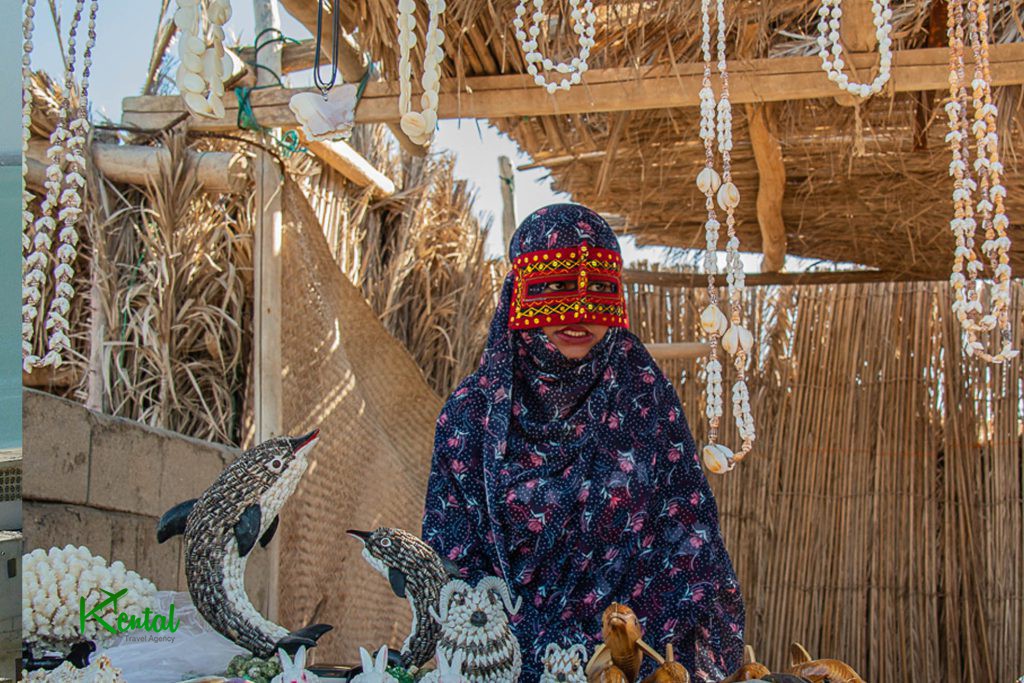
The best time to travel to Qeshm
The best time to travel to Qeshm is from late November to late March. If you are planning to stay outdoor, go to Qeshm from late December to late February. Rainfall is limited during this time. The average temperature at this time is 20 °C and does not exceed 25 degrees, which is a spring weather and is very suitable to tour the island.

